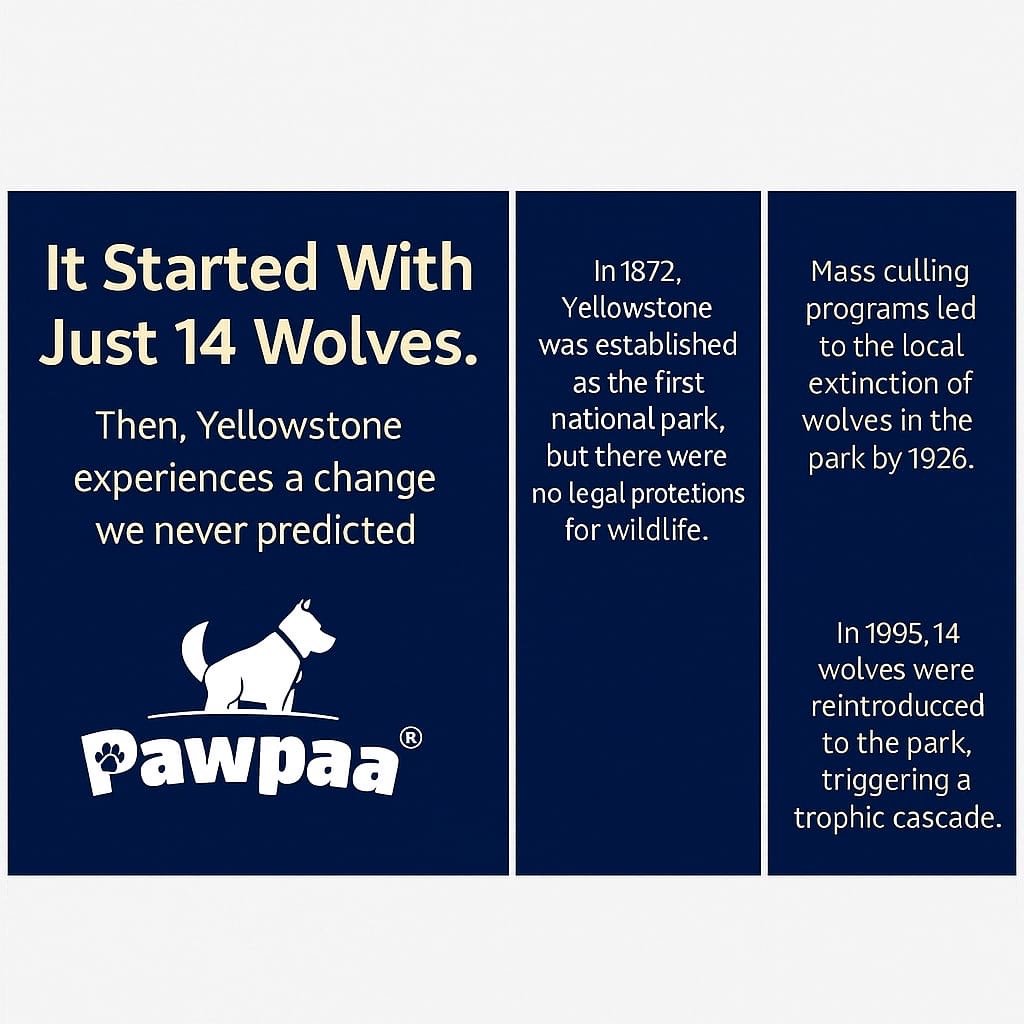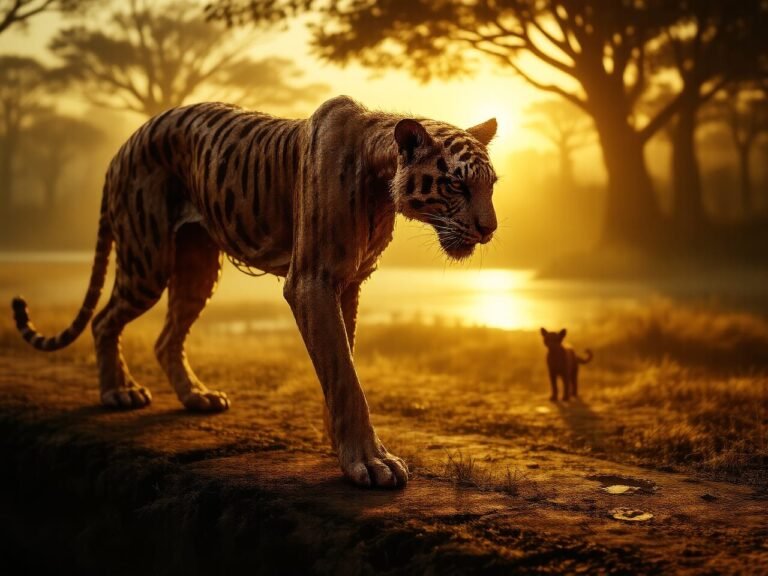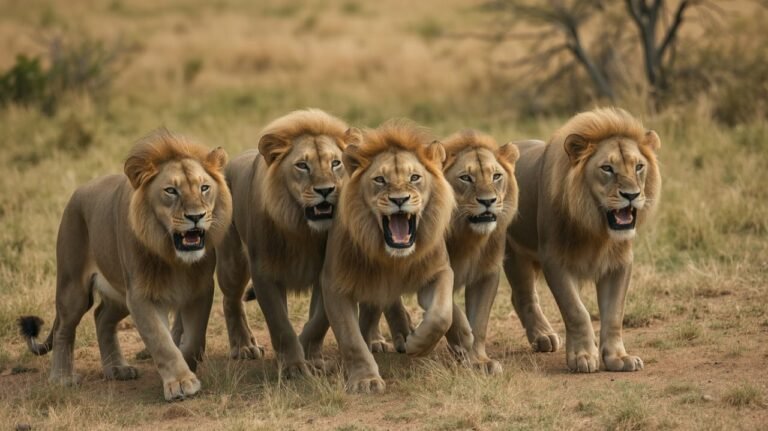A Brief History of Yellowstone National Park
Established in 1872, Yellowstone National Park is America’s—and the world’s—first national park. Spanning nearly 3,500 square miles across Wyoming, Montana, and Idaho, it’s home to dramatic canyons, geysers, alpine rivers, and a vast array of wildlife. However, when the park was created, wildlife within its boundaries had no legal protection.
In the late 1800s and early 1900s, predator control programs aimed at protecting livestock and game animals led to the systematic extermination of gray wolves from Yellowstone. By 1926, wolves had been entirely eradicated from the park.
The Ecological Imbalance
With no wolves to regulate them, elk populations exploded, resulting in widespread overgrazing. Vegetation, particularly willow and aspen, began to disappear from many regions, leading to soil erosion, reduced bird populations, and damaged habitats for beavers and fish. Yellowstone’s ecosystem was unraveling in ways scientists were just beginning to understand.
The Bold Reintroduction: 1995
In 1995, wildlife biologists made a groundbreaking decision: 14 wolves from Alberta, Canada, were reintroduced into Yellowstone. Another 17 wolves followed in 1996. The move was controversial at the time—some feared for livestock and others doubted the impact—but it quickly became one of the most celebrated ecological experiments in history.
A Trophic Cascade Unleashed
As the wolf population grew, a chain reaction known as a trophic cascade began to unfold:
Elk numbers dropped, and their grazing patterns changed.
Willow, cottonwood, and aspen trees began to regenerate.
Beaver populations increased, aided by the return of willow trees used for dam building.
Songbirds, amphibians, and fish populations rebounded as habitats recovered.
Even rivers changed course, stabilized by newly restored vegetation that reduced erosion.
This profound reshaping of the ecosystem sparked international attention. A viral YouTube video titled “How Wolves Change Rivers” captured imaginations worldwide, showing how the reintroduction of just a few wolves could transform an entire landscape.
The Complexity Beneath the Story
However, not all scientists agree with the simplicity of the narrative. Critics argue:
The elk weren’t as dramatically affected as initially portrayed.
Vegetation recovery varied greatly across the park.
Other factors—like climate changes, human management, and natural fluctuations—also played roles.
Ecologist Dan McNulty noted that while wolves did influence the park, the story often oversimplifies a complex ecological web. Likewise, Arthur Middleton emphasized that romanticizing the wolves’ impact may distract from broader conservation challenges.
Nature, Rebalanced—But Still Evolving
Despite the debates, most researchers agree that the reintroduction of wolves created positive ecological shifts. It also opened the door to new understanding about the power of apex predators and the importance of letting natural processes guide conservation.
As Mark Boyce, a leading ecologist on the topic, puts it:
> “Yellowstone has benefited from the reintroduction of wolves in ways that we did not anticipate, especially the complexity of biological interactions in the park.”
And perhaps most critically, the Yellowstone experiment showed what can happen when humans step back and allow ecosystems to heal.
—
References & Credits
Peter Dockrill, ScienceAlert, “It started with just 14 wolves. Then, Yellowstone changed in ways we never predicted”, October 18, 2018 https://www.sciencealert.com/nature
Mark S. Boyce et al., Journal of Mammalogy, Trophic cascades and ecological responses after wolf reintroduction. https://doi.org/10.1093/jmammal/gyy115
National Park Service: Yellowstone Wolves Reintroduction https://www.yellowstonepark.com/park/yellowstone-wolves-reintroduction
Arthur Middleton, The New York Times, “Is the Wolf a Real American Hero?”, March 10, 2014 https://www.nytimes.com/2014/03/10/opinion/is-the-wolf-a-real-american-hero.html
YouTube: How Wolves Change Rivers








